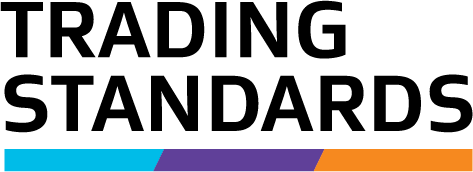Weighbridges
If you're using a weighbridge for trade purposes, it must be approved by Trading Standards and comply with the below requirements.
Approved types of weighbridges
You must use a weighbridge of a type approved by Trading Standards when it's used for trade.
See What equipment your business can use for more information.
Search the approval certificate register to find approved types.
Your weighbridge must also have the mark of verification stamped upon it. This is a crown, if issued by a Trading Standards Officer, or the letters 'AP' followed by a number, if issued by an Accredited Person.
Examples of an Accredited Persons mark of verification

Location and condition of weighbridges
Every weighbridge should be designed so that the operator, when positioned by the primary indicator, has a clear view of the load receptor.
Weighbridge:
- deckplates must be bolted down and clear of the surrounds, and
- pits should be cleared of accumulated debris such as spillage of fertiliser.
Road and rail weighbridges must not be used for trade unless they meet all the following conditions:
- approaches are smooth, straight, and on the same level as the load receptor,
- approaches have a run-on and run-off constructed of concrete or other suitable material,
- there is adequate drainage, and
- the bridge is kept free of mud and other debris.
Guidance on weighing vehicles
When determining the weight of a vehicle or a vehicle plus trailer combination, for the purposes of a trade transaction, the following requirements must be followed.
Permitted methods of weighing
The below methods of weighing are permitted when determining the weight of a vehicle or a vehicle plus trailer combination.
- The entire vehicle must fit on the weighing platform and the weight is determined,
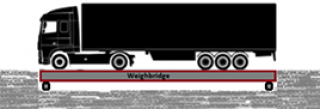
Truck and trailer on a weighbridge
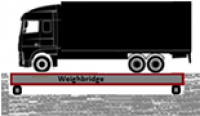
Truck on a weighbridge
- When the entire vehicle does not fit on the weighing platform, the vehicle and trailer must be uncoupled and weighed separately, or

Truck on a weighbridge, with the uncoupled trailer not on the weighbridge
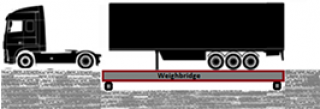
Truck not on the weighbridge, with the uncoupled trailer on the weighbridge
- When the entire vehicle does not fit on one weighing platform, the weight of the entire vehicle may be determined by adding together the results obtained simultaneously from more than one weighing platform. Also, see Technical Policy TS-019 for further guidance.
Technical Policy TS–019 Multiple baseworks connected to a single indicator on weighing instruments
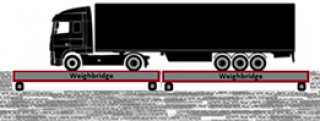
Truck and trailer coupled, with the truck on one weighbridge and the trailer on another
Prohibited methods of weighing
Conversely, the below methods of weighing are prohibited when determining the weight of a vehicle or a vehicle plus trailer combination.
- The vehicle is on the weighing platform, but the trailer is not; when the vehicle and trailer are coupled,
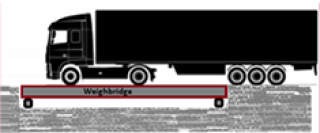
Truck and trailer coupled, with only the truck on the weighbridge
- The trailer is on the weighing platform, but the vehicle is not; when the vehicle and trailer are coupled, or
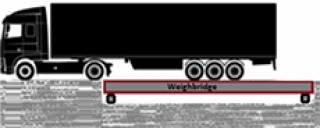
Truck and trailer coupled, with only the trailer on the weighbridge
- The vehicle is not completely on the weighing platform.
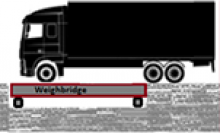
Truck with only its front axle on the weighbridge
Weighbridge ticket requirements
If goods are delivered loose in bulk by weight or measure, the seller of the goods must send or deliver to the purchaser a delivery note, invoice or weighbridge ticket stating the net weight of the goods delivered.
The delivery note, invoice or weighbridge ticket should also show the:
- date — for example 20 October 2010, or 20/10/10
- name and address of seller
- name and address of purchaser
- cost.
Testing requirements
We recommend you have your weighbridge tested annually and issued with a Certificate of Accuracy. This can be done by an Accredited Person.
Penalties for breaching the Weights and Measures Act
Under the Weights and Measures Act, it's an offence to use a false or unjust weighbridge, or one that is not approved, as required under the Act. It's also an offence under the Act to deliver a lesser quantity of goods than purchased, where goods were sold by weight, measure, or number.
Depending on the offence, you could be issued with an infringement notice and required to pay a fine of up to $500. Alternatively, you could be charged in the District Court with breaches of the Act. Depending on the offence breached, you could be subject to a higher penalty.
